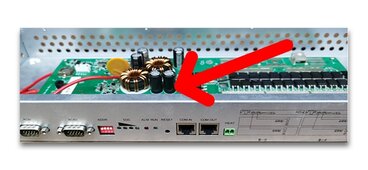Tulex
Solar Wizard
When looking at my setting for an issue I had with my Sol-Ark 15K, the tech commented that I'm charging my batteries at full current right up to full charge.
I've looked at my settings on my Seplos BMS, I don't understand which is the parameter to change that. I already know that I'm going to reduce my peak charge, as it seems pointless to charge to 57.2 volts if it's just going to drop right back down. Below is what it's doing now, and my settings. Also, SA shows battery got down to 65%, but shows 53V at that point. Does that seem right? Apologize for the large images, thought they would resize. Should also note that I'm running closed loop, so can't do it via inverter settings.

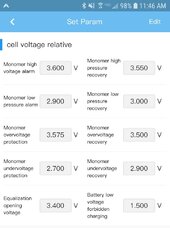
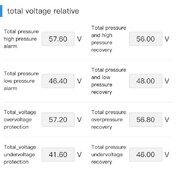
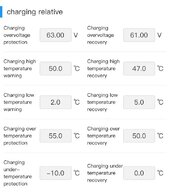

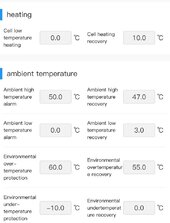
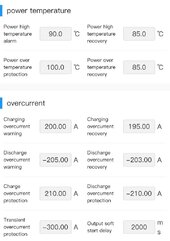
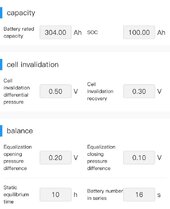

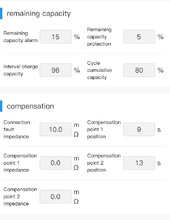
I've looked at my settings on my Seplos BMS, I don't understand which is the parameter to change that. I already know that I'm going to reduce my peak charge, as it seems pointless to charge to 57.2 volts if it's just going to drop right back down. Below is what it's doing now, and my settings. Also, SA shows battery got down to 65%, but shows 53V at that point. Does that seem right? Apologize for the large images, thought they would resize. Should also note that I'm running closed loop, so can't do it via inverter settings.










Last edited:



